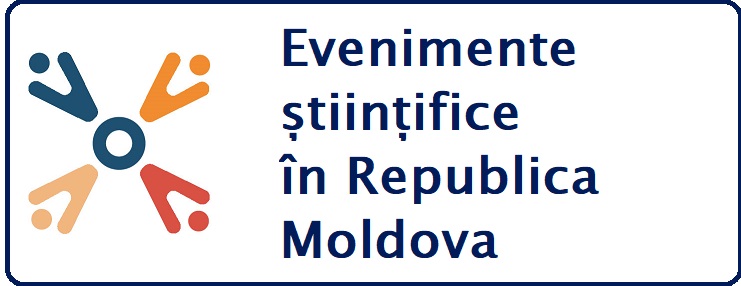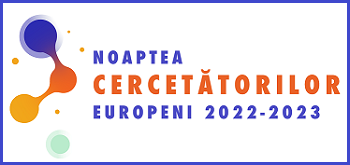| Conţinutul numărului revistei |
| Articolul precedent |
| Articolul urmator |
 |
 319 319 12 12 |
| Ultima descărcare din IBN: 2024-04-03 09:10 |
| Căutarea după subiecte similare conform CZU |
| [616.891.6-055.1+618.2](560) (1) |
| Psihiatrie. Psihiatrie patologică. Psihopathologie. Frenopatii. Psihoze. Anomalii mintale. Stări morbide mintale. Tulburări de comportament şi emoţionale (289) |
 SM ISO690:2012 SM ISO690:2012KUŞ, Celal, HAKI SUCAKLI, Mustafa, KOSAR, Yasar, CELIK, Mustafa. Pregnancy-related anxiety level and associated factors in expectant fathers: case-control study in Turkey. In: One Health and Risk Management, 2023, nr. 4(1), pp. 65-74. ISSN 2587-3458. DOI: https://doi.org/10.38045/ohrm.2023.1.08 |
| EXPORT metadate: Google Scholar Crossref CERIF DataCite Dublin Core |
 One Health and Risk Management One Health and Risk Management |
||||||
| Numărul 4(1) / 2023 / ISSN 2587-3458 /ISSNe 2587-3466 | ||||||
|
||||||
| DOI:https://doi.org/10.38045/ohrm.2023.1.08 | ||||||
| CZU: [616.891.6-055.1+618.2](560) | ||||||
| Pag. 65-74 | ||||||
|
||||||
| Rezumat | ||||||
Introduction. Perinatal behavior and involvement of fathers during pregnancy are known to affect maternal health, fetal outcomes, and the emotions and behavior of the infant after birth. Material and methods. This present paper is a case-control study performed on 232 men with pregnant wives (expectant fathers) with no known chronic or psychiatric illnesses and 316 with non-pregnant wives. Two questionnaires STAI forms and a questionnaire developed by the researcher were applied to the participants. Results. The frequency of anxiety in the EF was 9.9% for the STAI-1 and 10.7% for STAI-2. The frequency of anxiety in the control groups was 5.3% for the STAI-1 form and 2.5% for the STAI-2 form. In our study, the mean STAI-1 score of the EFs was 41.2±7.5, the mean STAI-1 score of the controls was 38.0±7.3, and there was a statistically significant difference between each other (p<0.001). The mean STAI-2 score of the EFs was 41.2±7.5, the mean STAI-2 score of the controls was 38.2±6.8, and there was a statistically significant difference between the two groups (p<0.001). The mean STAI-2 score of the EF group was 43.8±7.3 in the first trimester, 41.6±7.7 in the second trimester, and 39.6±7.0 in the third trimester. It was determined that spouses in the 1st trimester had higher anxiety levels than those in the second and third trimesters, according to the STAI-2 form (p=0.008). EF who had a postnatal babysitter, good sleep quality, did not experience a bad event, and were compatible with wives had a significantly lower level of anxiety (respectively p=0.008, p=0.019, p<0.001, p=0.01). Conclusions. Particularly in first pregnancies and the first trimester of pregnancy, father candidates may experience anxiety disorders more frequently and intensely. EF may need psychological support during pregnancy. |
||||||
| Cuvinte-cheie expectant fathers, pregnancy, anxiety, childbirth, statetrait anxiety inventory, viitorii tați, sarcina, anxietate, naştere, inventar de stări de anxietate |
||||||
|
Crossref XML Export
<?xml version='1.0' encoding='utf-8'?> <doi_batch version='4.3.7' xmlns='http://www.crossref.org/schema/4.3.7' xmlns:xsi='http://www.w3.org/2001/XMLSchema-instance' xsi:schemaLocation='http://www.crossref.org/schema/4.3.7 http://www.crossref.org/schema/deposit/crossref4.3.7.xsd'> <head> <doi_batch_id>ibn-172492</doi_batch_id> <timestamp>1713441516</timestamp> <depositor> <depositor_name>Information Society Development Instiute, Republic of Moldova</depositor_name> <email_address>idsi@asm.md</email_address> </depositor> <registrant>Asociația de Biosiguranță și Biosecuritate din Republica Moldova</registrant> </head> <body> <journal> <journal_metadata> <full_title>One Health and Risk Management</full_title> <issn media_type='print'>25873458</issn> </journal_metadata> <journal_issue> <publication_date media_type='print'> <year>2023</year> </publication_date> <issue>4(1)</issue> </journal_issue> <journal_article publication_type='full_text'><titles> <title>Pregnancy-related anxiety level and associated factors in expectant fathers: case-control study in Turkey</title> </titles> <contributors> <person_name sequence='first' contributor_role='author'> <given_name>Celal</given_name> <surname>Kuș</surname> </person_name> <person_name sequence='additional' contributor_role='author'> <given_name>Mustafa</given_name> <surname>Haki Sucakli</surname> </person_name> <person_name sequence='additional' contributor_role='author'> <given_name>Yasar</given_name> <surname>Kosar</surname> </person_name> <person_name sequence='additional' contributor_role='author'> <given_name>Mustafa</given_name> <surname>Celik</surname> </person_name> </contributors> <publication_date media_type='print'> <year>2023</year> </publication_date> <pages> <first_page>65</first_page> <last_page>74</last_page> </pages> <doi_data> <doi>10.38045/ohrm.2023.1.08</doi> <resource>http://www.crossref.org/</resource> </doi_data> </journal_article> </journal> </body> </doi_batch>












